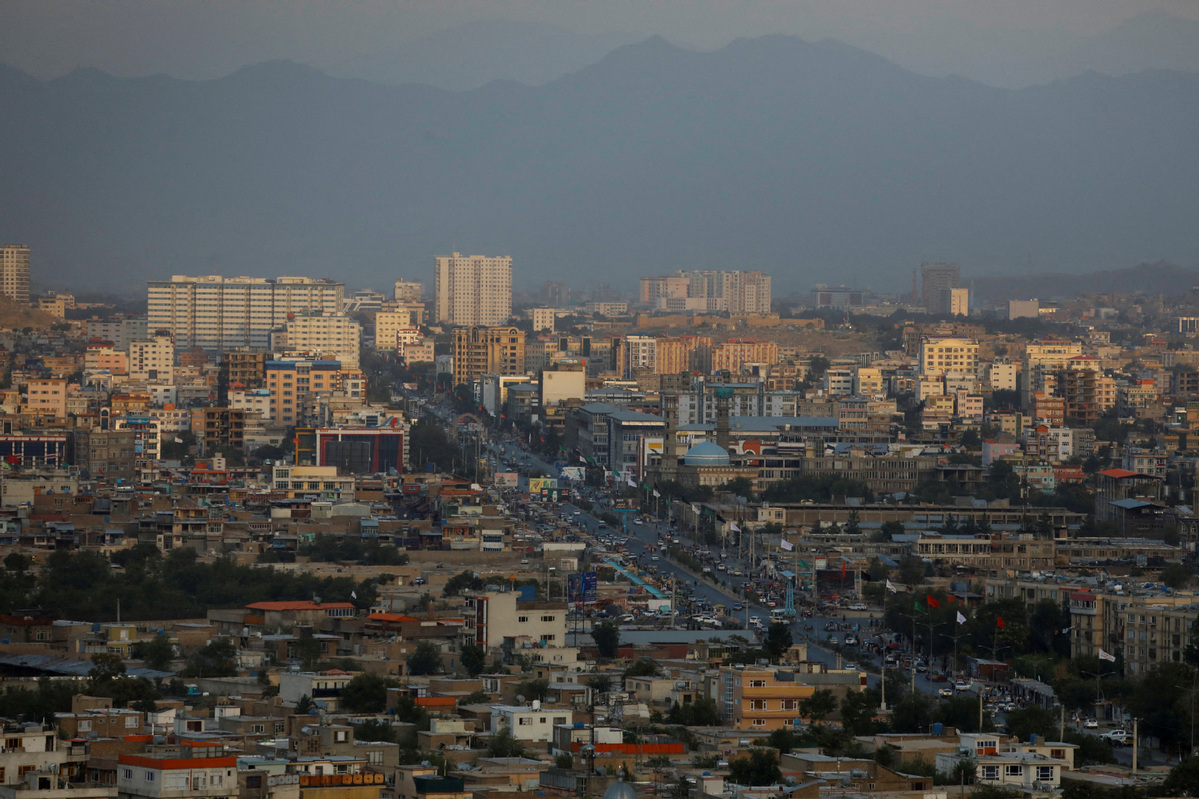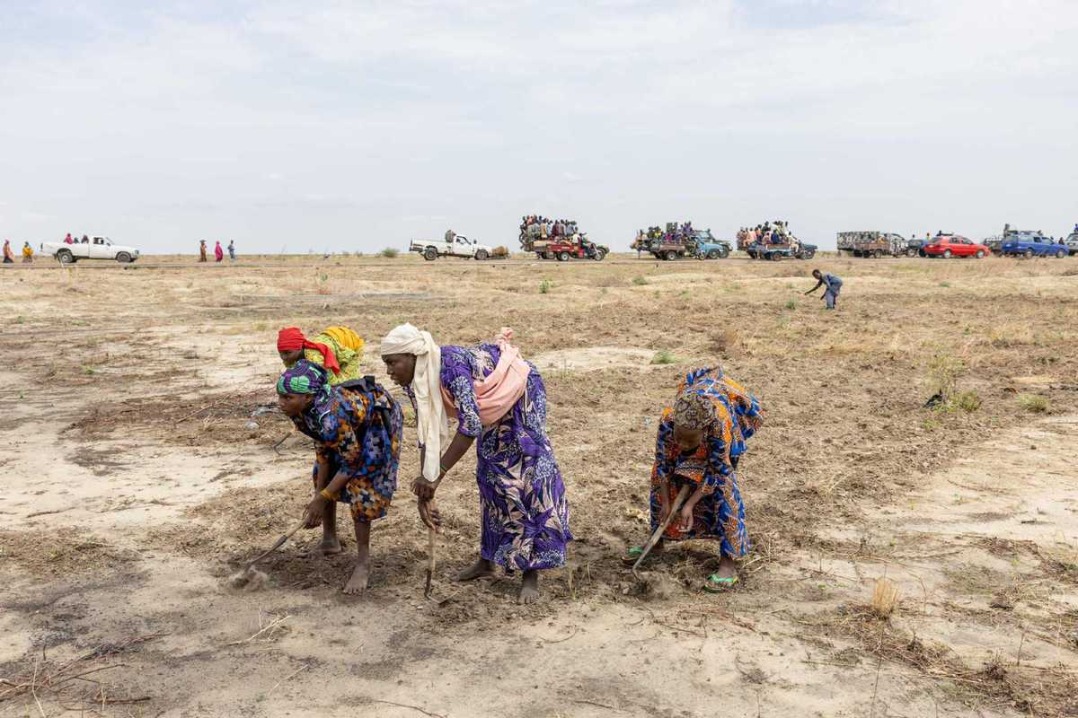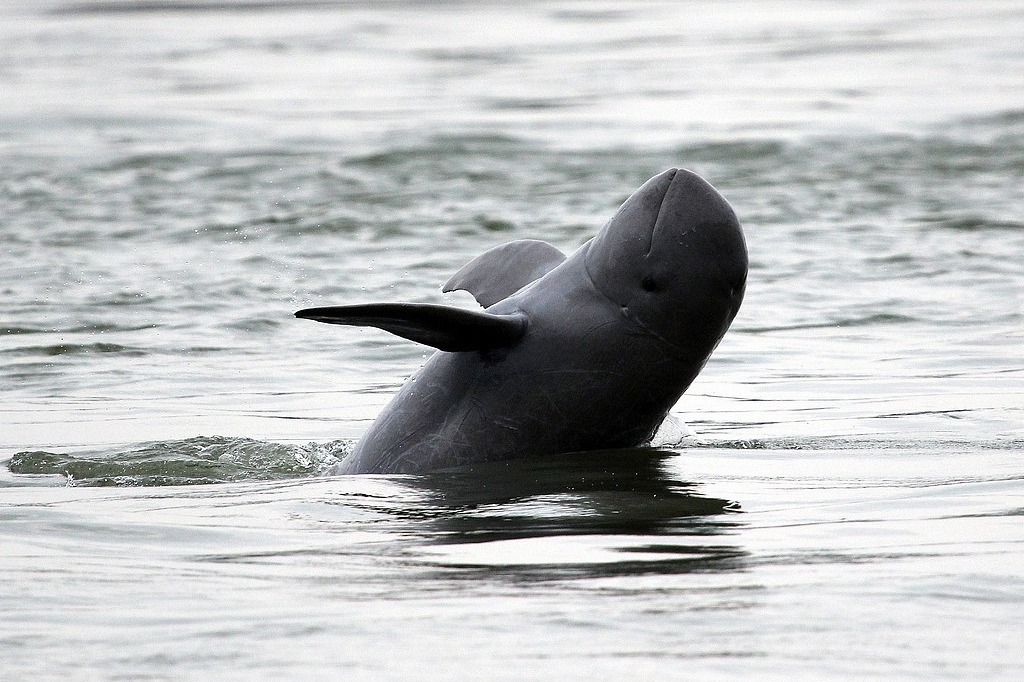Efforts to bring peace to Afghanistan at turning point


For war-torn Afghanistan, the role of China as an important player in the peace and reconstruction process is growing, thanks to its diplomatic skills and agenda to promote peace and harmony.
May 7 saw a joint statement of the fifth China-Afghanistan-Pakistan Foreign Ministers' Dialogue in Chengdu, Sichuan province in Southwest China. In addition, the Xi'an Declaration issued at the end of the China-Central Asia Summit, which was held on May 18-19, highlights China's commitment to the peace and development of Afghanistan and emphasizes Beijing's proactive role in mediating the Afghan issue.
One of the remarkable developments is China's outreach to all important parties, including the Taliban and nearby countries such as Pakistan and Iran. By maintaining open channels of contact, China hopes to bridge the gaps between disparate groups and encourage positive dialogue. This inclusive strategy has shown positive outcomes, as seen by the joint declarations and agreements reached during the discussion between the foreign ministers of China, Afghanistan and Pakistan as well as the Xi'an Declaration.
With the release of the joint statement of the China-Afghanistan-Pakistan Foreign Ministers' Dialogue, China's efforts to achieve peace in Afghanistan have reached a crucial turning point.
China reaffirmed its support for the Afghan peace process and demanded an immediate end to all hostilities. The declaration supported an inclusive Afghan-led and Afghan-owned peace process and called for protecting the rights of minorities, women and children in the country.
A key component of China's approach is its emphasis on an inclusive government. This contrasts sharply with the United States' military-based, unilateral approach, which failed to establish long-term peace and stability in the region.
The Xi'an Declaration is a testament to China's genuine commitment to peace in and development of Afghanistan. The nations stressed the significance of establishing an inclusive administration that speaks for all ethnic and political groups in the nation. They encourage the creation of an international negotiating group under the auspices of the United Nations to encourage fruitful communication among all parties, understanding that lasting peace requires the active participation of all stakeholders.
The shared goal of China and the five Central Asian countries is to achieve a peaceful, stable and prosperous Afghanistan, free from threats of terrorism, conflict and narcotics. They understand the difficulties that Afghanistan is facing and emphasize the importance of developing comprehensive plans to deal with these problems. Priority is given to collaborating with other nations to combat illicit drug trafficking, with the prospect of creating a joint anti-drugs action plan with the United Nations Office on Drugs and Crime.
The joint declaration represents a common commitment to inclusive government, international collaboration and all-encompassing strategies to clear the path for a peaceful and prosperous Afghanistan. The parties want to establish an atmosphere that supports Afghanistan's reintegration into the global community and promotes long-term stability and growth. To this end, they are working together and using their combined capabilities.
Initiatives by China to promote economic growth in Afghanistan have the potential to considerably increase regional peace and stability. Enhancing the country's economic prospects, generating jobs and enhancing access to resources, infrastructure and energy initiatives can lessen some of the root causes of conflict.
The China-Pakistan Economic Corridor, which is expected to be expanded to Afghanistan, is one example of how regional connectivity and economic integration among China, Pakistan and Afghanistan can be promoted. By doing so, the chance of conflict may be decreased and incentives for collaboration created. The Belt and Road Initiative and other ongoing initiatives, such as the Trans-Afghan railway project, the Central Asia-South Asia electricity transmission project and the Turkmenistan-Afghanistan-Pakistan-India Pipeline, can help the region boost economic growth and advance stability.
However, economic development alone cannot resolve Afghanistan's complicated problems. A comprehensive approach is needed — one that should incorporate political changes, security precautions and diplomatic initiatives.
China's economic development efforts in Afghanistan can potentially contribute to regional security and peace. Still, they should be a part of a larger strategy that addresses the root causes.
Furthermore, the US-led NATO invasion and occupation that was carried out under the guise of counterterrorism did not put an end to terrorism but rather inadvertently increased its impact. The promised NATO aid did not show up as anticipated, and Afghan assets have been frozen by the US.These hurdles have hampered Afghanistan's growth and added to the difficulties of establishing peace, stability and prosperity.
Despite these challenges, China's contribution to fostering stability and peace in Afghanistan is a positive step toward the shared future of countries in the region.
China's strategy of involvement and communication with all parties amid a crisis is in the right direction. Diplomacy is a crucial tool in conflict resolution. All players in the region must strive for a new Afghanistan of stability and reconstruction, and China's assistance in this respect is vital.
The author is editor-in-chief of the Observer Diplomat magazine in Pakistan.

































